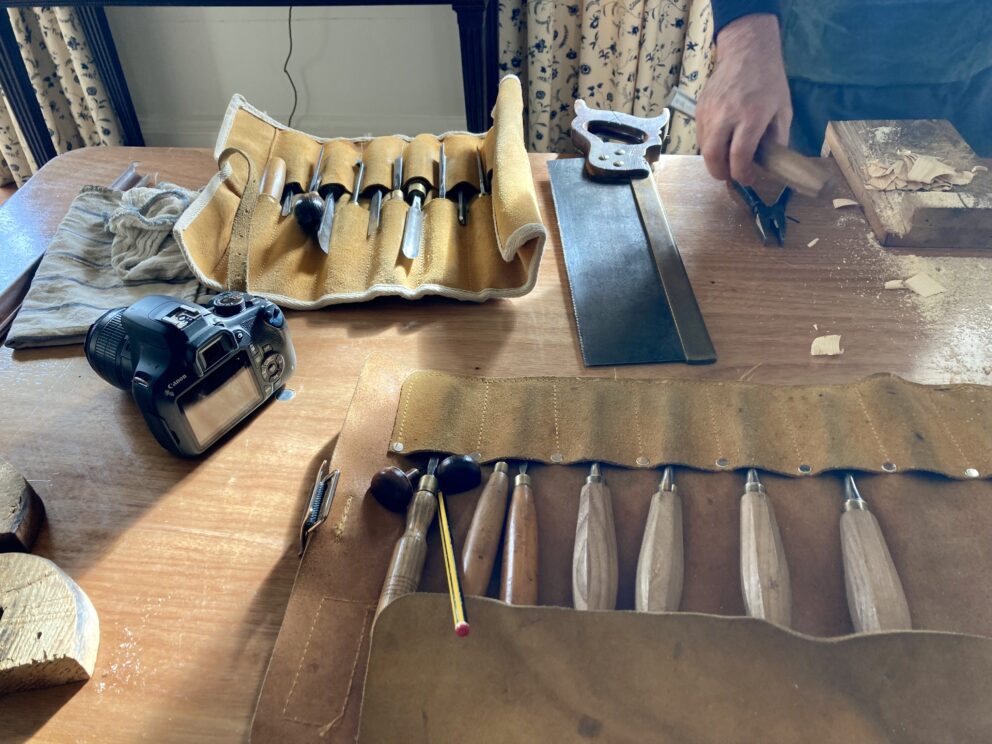What We Do in Winter

Winter at Paxton House is for cleaning and conservation. When the house is closed to visitors, the furniture, fabrics and works of art get a well earned rest. Curator, Dr Fiona Salvesen Murrell, takes a look at the behind-the-scenes conservation work that has been taking place to our national and internationally important Recognised furniture collections. The conservation work has been supported by Museums Galleries Scotland and The Pilgrim Trust.
In the 18th century, the master cabinetmakers and designers, Thomas Chippendale and his son of the same name were commissioned to make the furniture for both the new owners of Paxton House, Ninian and Penelope Home and unusually, their servants. Paxton had been built but was left almost unfurnished when Ninian Home bought the house from his uncle Patrick in 1773. Ninian and Penelope mostly lived in Grenada in the Caribbean, where they owned one plantation, Waltham, and had part-ownership of another, Paraclete. They also shared ownership of a cotton plantation on the island of Mustique for several years. At Waltham, around 200 enslaved African people grew sugar, coffee, and cocoa for export to Britain.
Ninian and Penelope chose the Chippendale firm to make their furniture – requesting the best quality mahogany designed in a restrained and deceptively simple style. The mahogany that was sourced for the series of commissions had been cut down by enslaved people clearing land for plantations in Jamaica and stockpiled by Chippendale in his London workshops.
In selecting furniture for the conservation work our focus was upon the Recognised collections and their links with enslavement, to enable greater access during visits to the house, and to create access online via the Sugar & Slavery Trail.
 Follow the links below to see more of our conservation activities through 2021 and 2022.
Follow the links below to see more of our conservation activities through 2021 and 2022.
Step-by Step Conservation: Lady’s Dressing Table